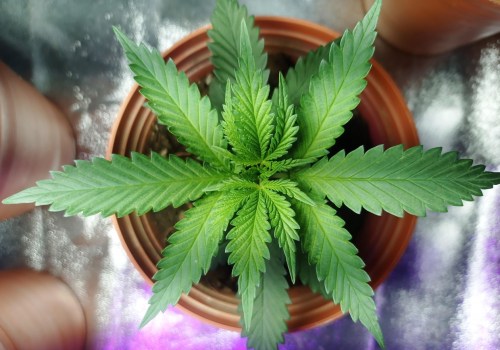Some farmers grow hemp for fiber or grain. But that market share has a long way to go, industry experts say. Processing facilities are scarce, supply chains have not yet developed, and U.S. hemp farmers compete with more established producers in places like Canada and China.
My favorite way is to grow from seed. I like to plant the seed directly in the ground, ½ to 1 inch below the surface, or first soak the seed in water and then plant. They'll germinate faster with a soak, so let's take that approach. Cyrus said that anecdotally, he knows of at least a million pounds of hemp plants and thousands of kilos of hemp oil stored in his area.
Growing in indoor spaces or greenhouses authorized for hemp production shows the market shift from CBD to flowers, as farmers looking for that product tend to grow their plants indoors, said Ian Laird, CFO and CEO of Hemp Benchmarks. In an interview, the founding president of the National Hemp Association, Michael Bowman, explained where farmers interested in hemp production get seeds, noting that Canada and Europe were the best options. It allows extensive hemp cultivation in all 50 states, which is something that has aroused the interest of several aspiring hemp farmers. The sessions emphasized that Canadian hemp markets were slow to develop, Teske said, and advised Kansansans to insure buyers before planting a hemp crop.
Hemp crops intended for fiber can be planted closer together, while hemp planted for seed and CBD manufacturing will need to be planted further away. Industrial hemp also goes through another process in the harvest known as retting, which helps break the ties between the two different fiber variations in the hemp plant. While seeds are a little easier to find, hemp clones can offer superior consistency when it comes to growing hemp. As the American hemp industry grows, manufacturers hope to source their hemp locally, hence the signs encouraging North Carolina farmers to plant it.
The interior space licensed for hemp production has grown, reaching more than 168 million square feet this year, according to Hemp Benchmarks. There is a constant demand for hemp as a raw material for industrial uses (making things with hemp has never been banned, but manufacturers have been required to import it from places like Canada and Europe for the past seven decades). So far this year, nearly 107,000 outdoor acres have been licensed, according to Hemp Benchmarks, a hemp industry data provider based in Stamford, Connecticut.



